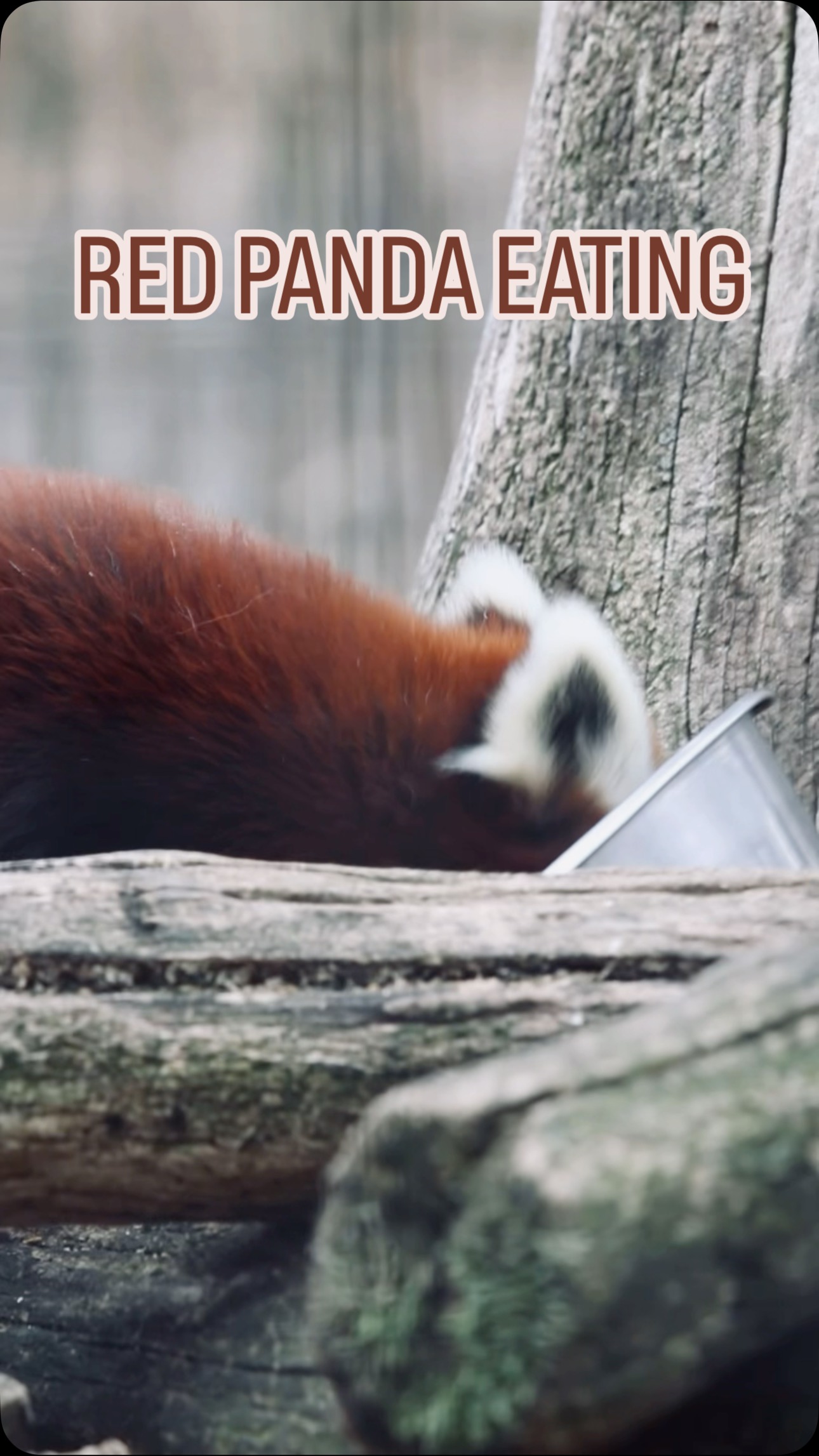- The unique dietary habits of the red panda and its nutritional needs.
- Evening meal routines and behaviors in a zoo setting.
- Conservation efforts focusing on habitat protection and sustainability.
- The role of zoos in education and wildlife conservation.
- Interactions between red pandas and their environment during feeding.
The red panda, a charming creature with striking auburn fur and a bushy tail, inhabits the forest regions of the Himalayas and Southwestern China. Unlike the giant panda, the red panda is classified under the Ailuridae family, which stands as a testament to its distinct lineage and dietary patterns. This article delves into the nuances of red panda diet and feeding habits during its evening meal, viewed through the lens of zoo management and wildlife conservation. These insights offer educational enlightenment into the role that both natural habitats and managed care in zoos play in ensuring the survival of this endangered species.
The diet of the red panda is primarily herbivorous. Bamboo constitutes nearly 95% of its intake. However, their digestive system mirrors that of carnivores, revealing a biological paradox that makes their diet incredibly specialized. Their bamboo munching primarily targets the nutrient-rich leaves, adapted to break down cellulose efficiently. Beyond bamboo, the red panda diversifies its diet with fruits, acorns, roots, and occasionally eggs and insects, to fulfill nutritional gaps. In a zoo setting, their dietary plan is crafted attentively by experts to maintain their health and replicate the broad spectrum of their natural intake. They are provided with high-fiber pellets that mimic their natural diet, alongside fresh bamboo and fruits such as apples and grapes.
The red panda’s evening meal in a zoo environment is more than just a feeding ritual; it is a carefully timed activity that aligns with their crepuscular nature. Red pandas are most active at dawn and dusk, which is when they engage in feeding. This behavior allows them to capitalize on cooler temperatures and reduced predation threats. Zookeepers meticulously organize the feeding schedules to align with these natural behaviors, ensuring the animals remain active and engaged. During this time, they exhibit remarkable dexterity, using their semi-retractable claws to grasp food. Watching them peel bamboo with adept precision highlights their unique adaptations. Behavioral enrichment, such as hiding food to stimulate foraging instincts, is an integral part of their routine, enhancing their mental and physical wellbeing.
Conservation of the red panda is an urgent global initiative, driven by the rapid decline in their natural habitat due to deforestation, agricultural expansion, and climate change. Protected forest areas in their native landscapes are crucial for their survival. Organizations like the Red Panda Network and World Wildlife Fund actively work towards habitat restoration and community education, emphasizing coexistence with local human populations. Alongside these efforts, zoos play a vital role in conservation by participating in breeding programs that aim to increase population numbers and maintain genetic diversity. Such programs often involve international collaboration to optimize breeding strategies and genetic health, with facilities like the Smithsonian Conservation Biology Institute leading the way.
Zoos are at the forefront of educational outreach and conservation advocacy. By providing a tangible connection to these enigmatic creatures, zoos inspire visitors to care about wildlife preservation. Interactive exhibits and educational talks demystify the red panda’s lifestyle and threats, fostering a deep-seated appreciation and understanding among the public. This connection is invaluable for garnering support for broader conservation initiatives.
Interactions between red pandas and their surrounding environment during feeding times are indicative of their natural behaviors. Their arboreal lifestyle is evident as they navigate branches with agility, utilizing their long, bushy tails for balance. Their keen sense of smell guides them to food, demonstrating their reliance on sensory cues. Zoos simulate these environments to ensure red pandas exhibit natural behaviors, which are pivotal for their psychological health.
Illuminating the nuanced world of red panda feeding habits and conservation orchestrates a narrative of survival against the odds. These endearing animals thrive under the care and expertise that encompass zoo management and global conservation efforts. By seeding awareness and appreciation, these endeavors underscore the imperatives of sustainable coexistence and wildlife preservation, ensuring that future generations can witness the red panda’s evening meal in all its remarkable glory.
*****
Source Description
Red Panda eating his evening meal. 🍽️


